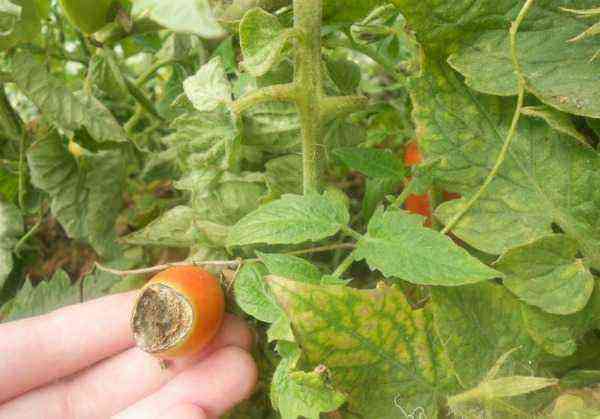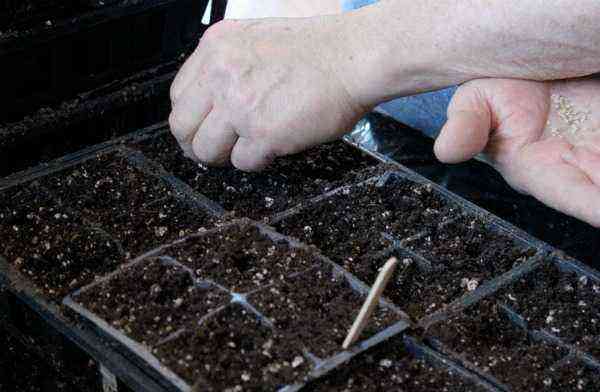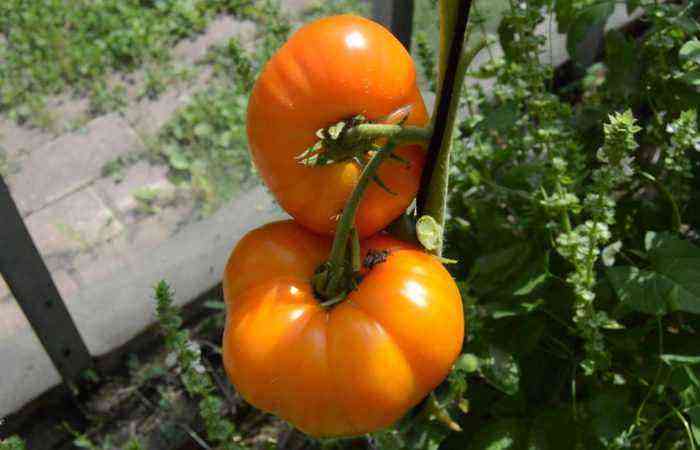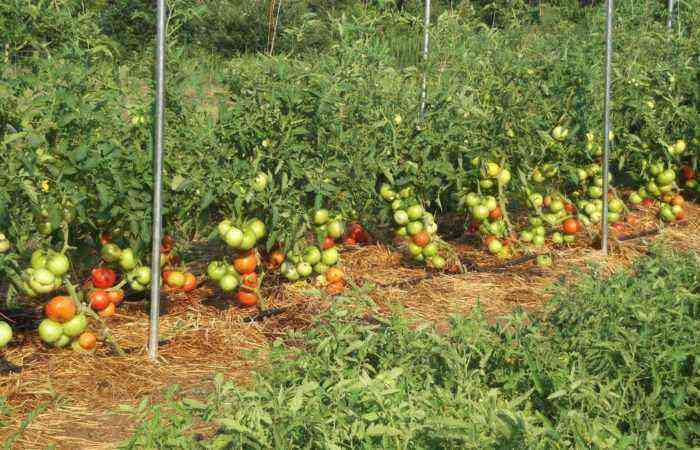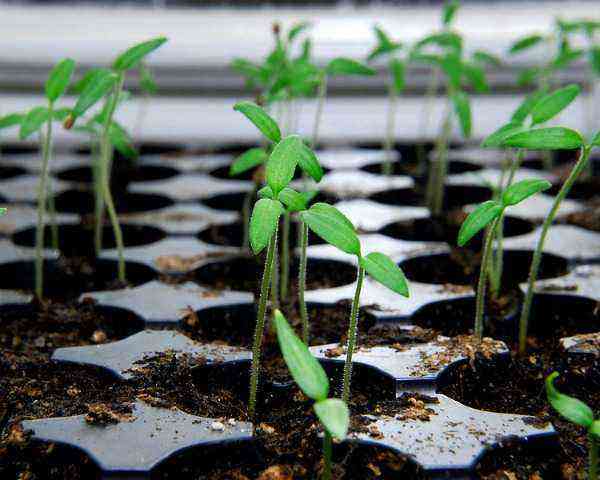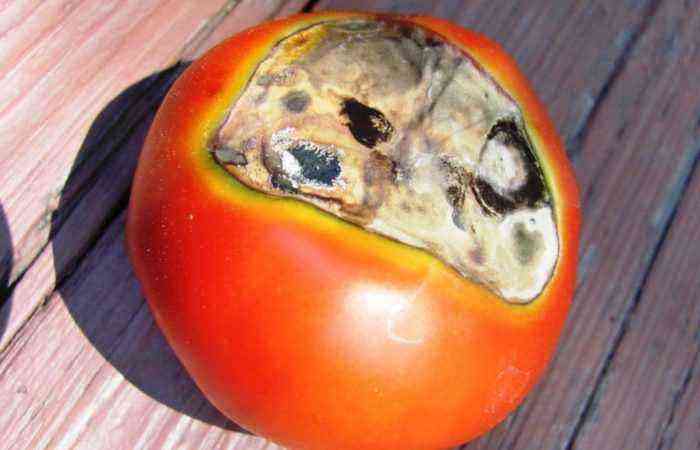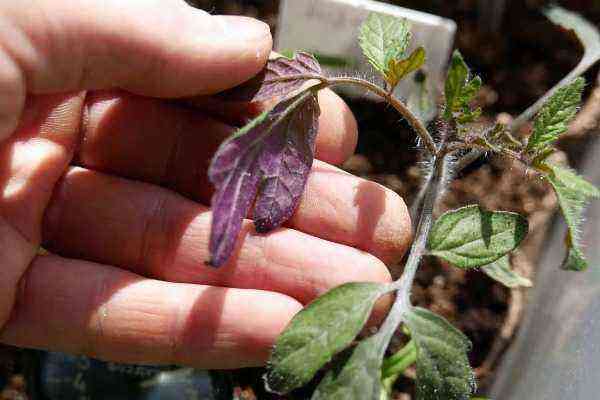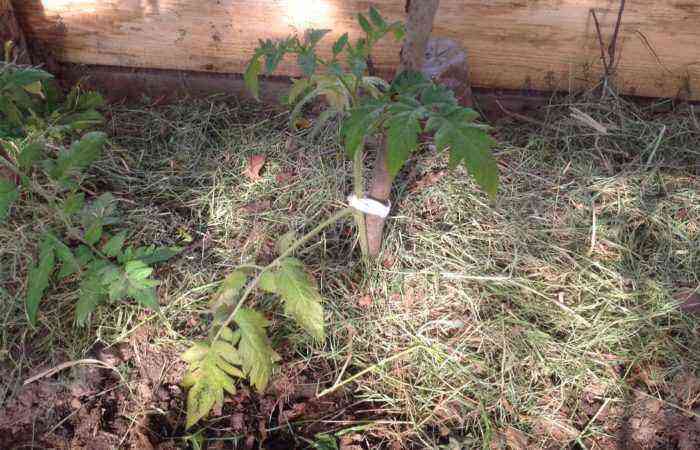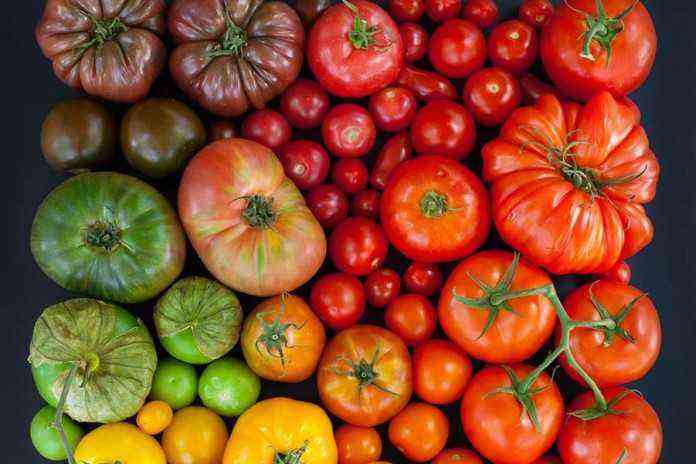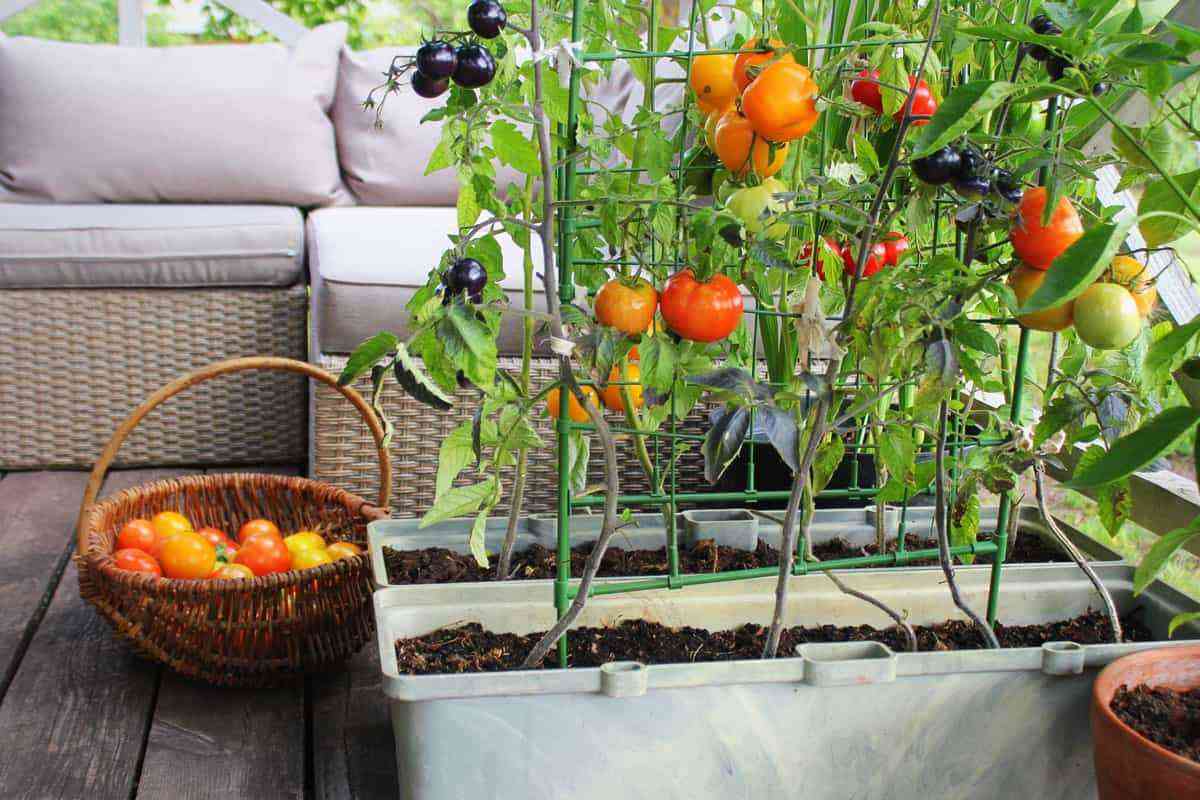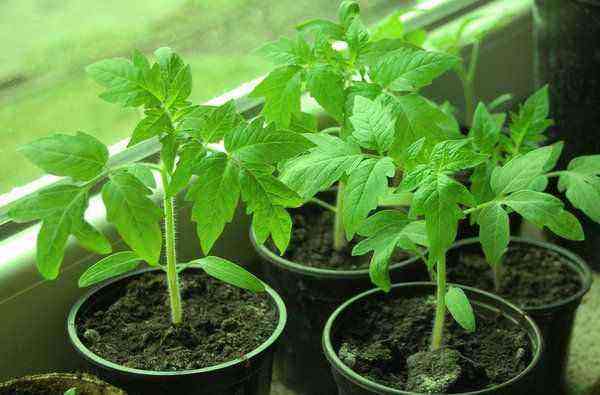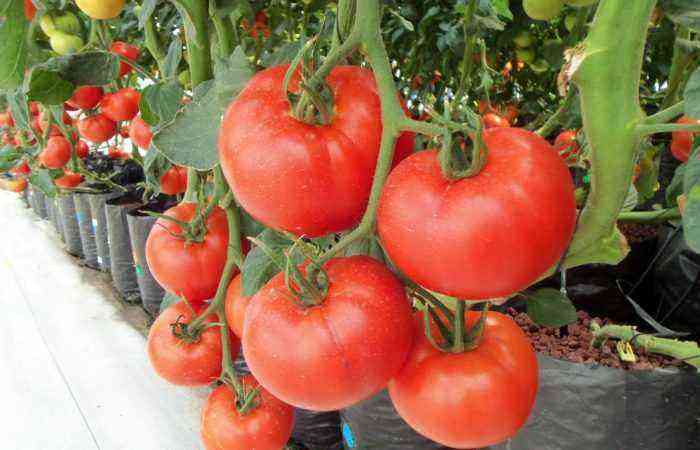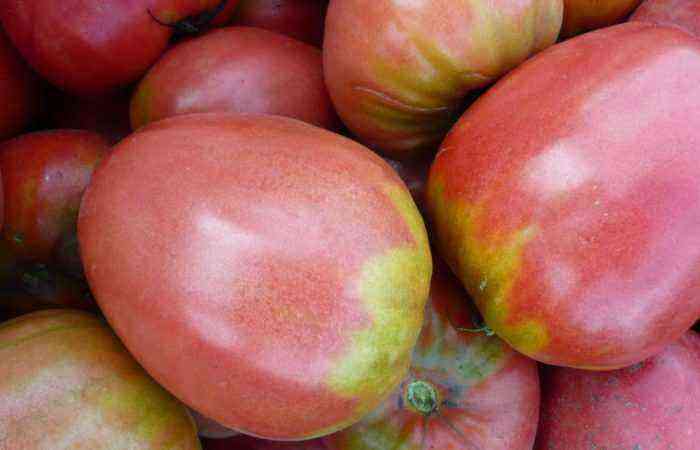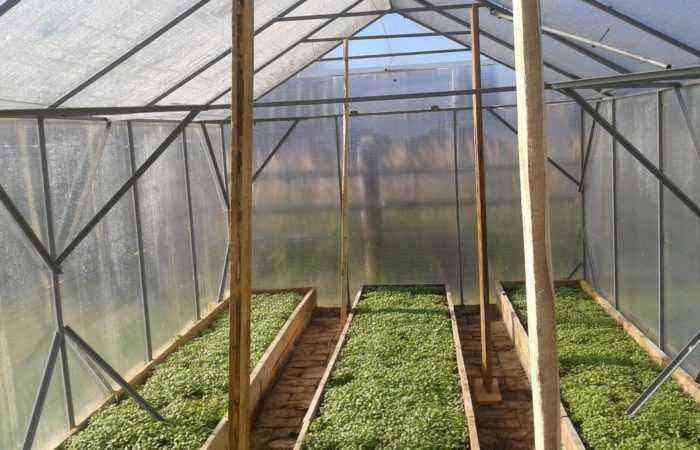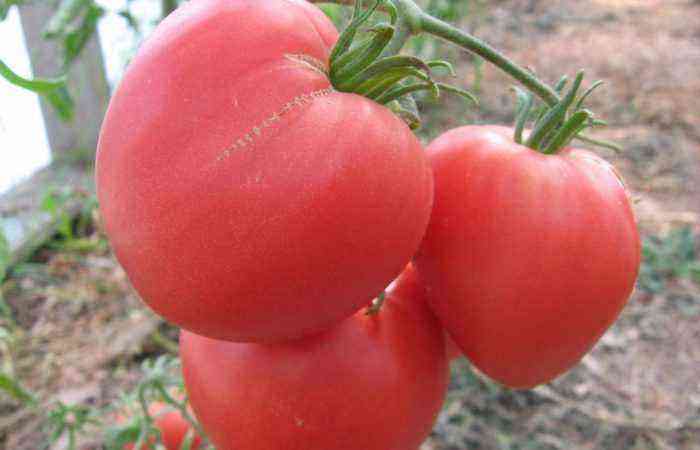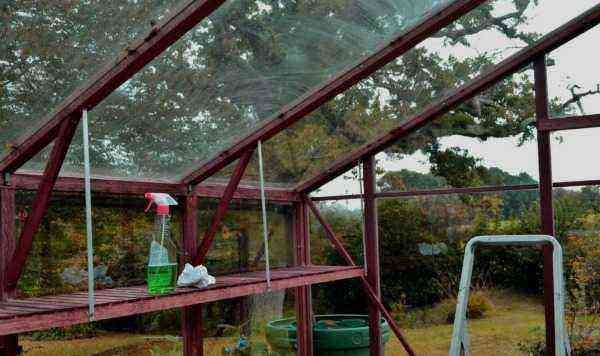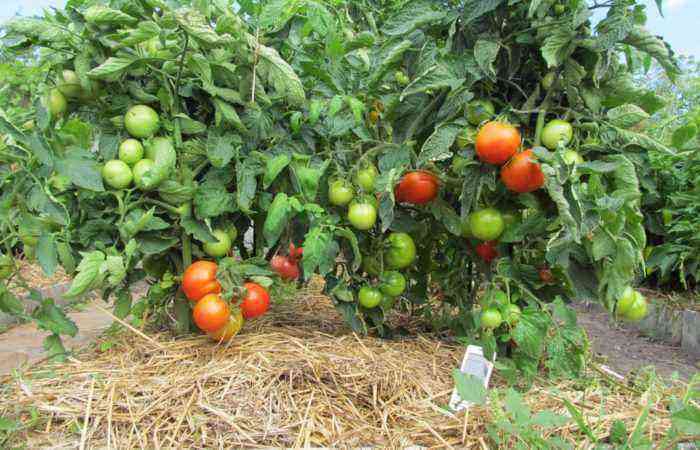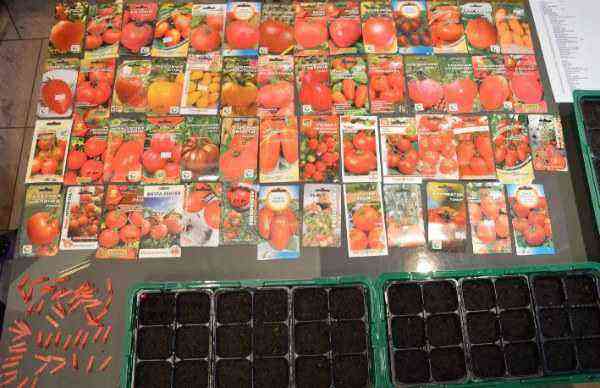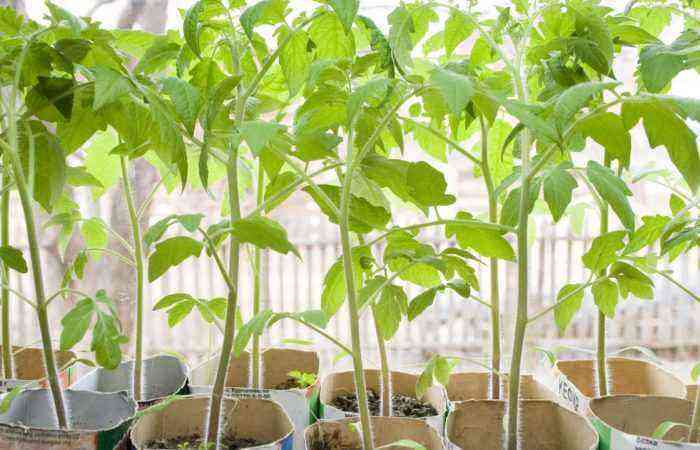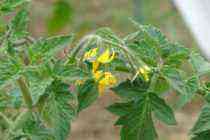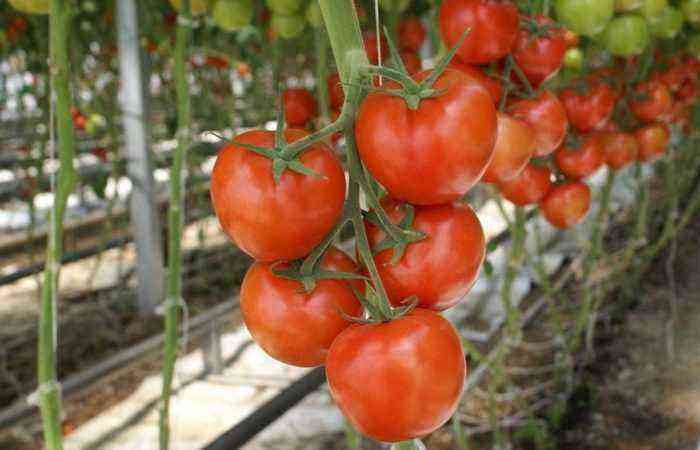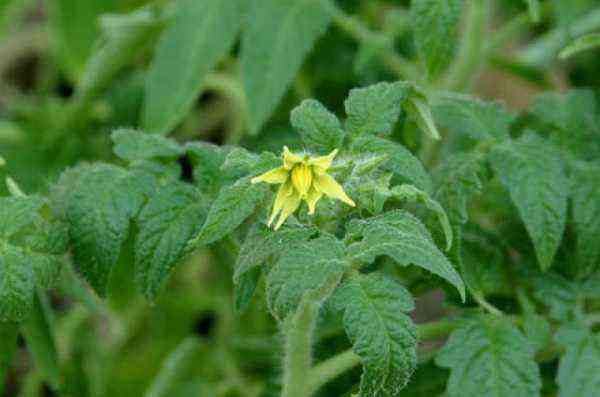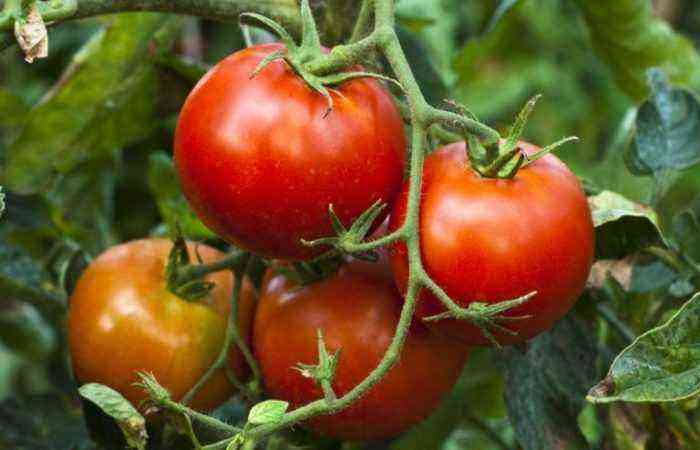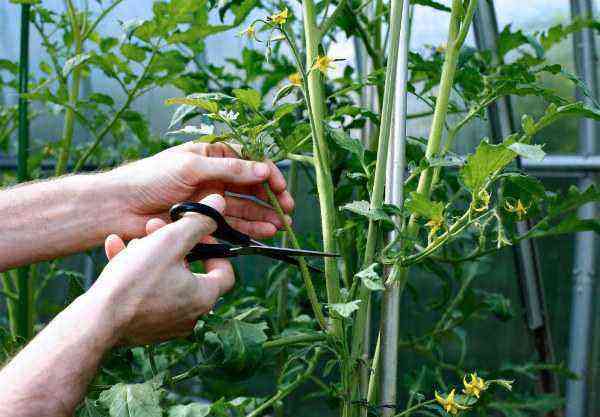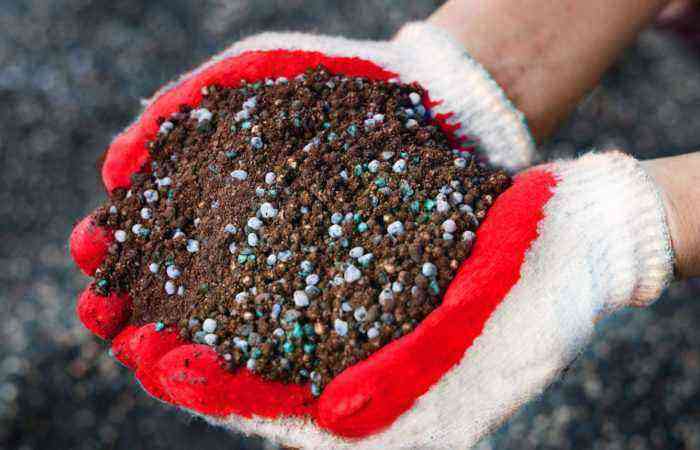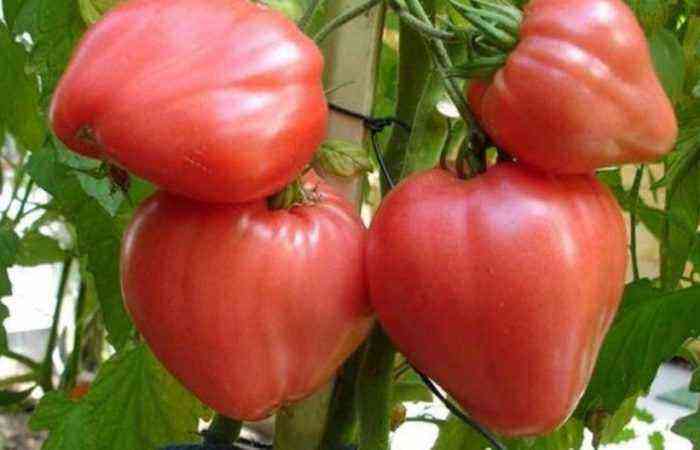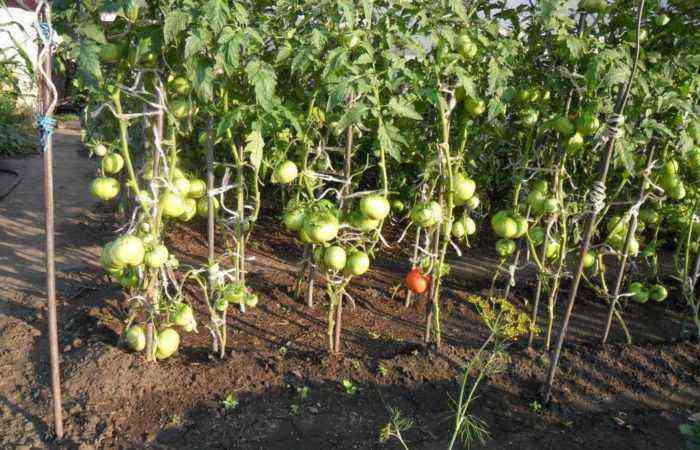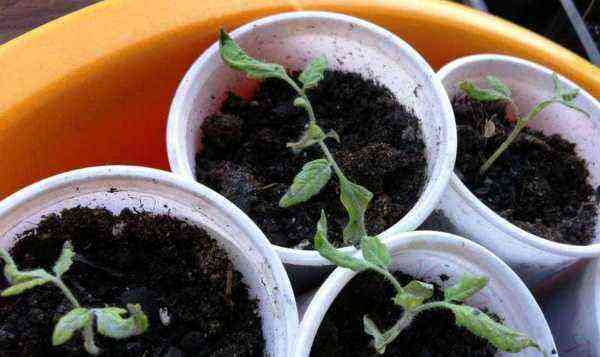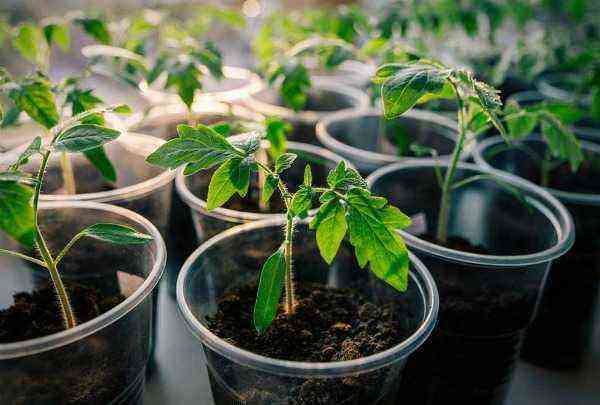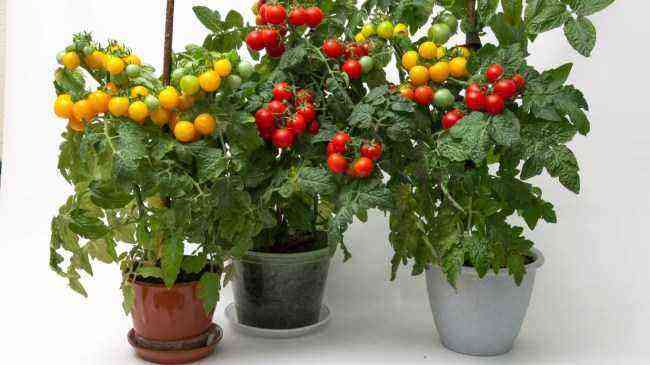The opinion is firmly rooted that tomatoes are very fond of water, without artificial irrigation there is no point in growing them. However, not every summer cottage has a source of water, not to mention the main water supply. Atmospheric precipitation is an unpredictable phenomenon, it makes no sense to count on rains. Difficulties with watering often force summer residents to abandon growing their favorite crops.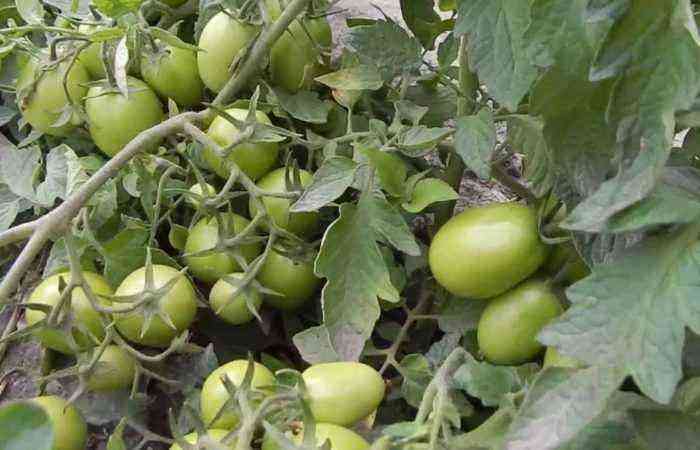
What is the essence of the method of growing tomatoes without watering?
Regular watering does not stimulate the development of the tomato root system in any way – they are fed and watered regularly, often in excess. In such comfortable conditions, until the beginning of fruiting, the plant has no incentive to penetrate deep into the roots. At the time of fruit development, the body’s needs increase – the roots begin to look for water and nutrition, that is, the development of the root system occurs with a significant delay.
The growth of the root system at this moment is a priority for the plant – fruiting is somewhat postponed, the yield in quantitative terms is reduced.
To avoid this, there is a method of agricultural technology – growing tomatoes without watering, a developed root system is formed long before fruiting. Such roots can “feed” not only the tomato bush itself, but also a rich harvest.
7 advantages of the method
Caring for summer cottages becomes a problem – constant fears that the earth has dried up and the plants will die force them to grab onto watering cans and hoses. Few people think that under natural conditions, plants manage only with precipitation.
The method of growing tomatoes without watering is a real find for weekend summer residents, for those who do not have running water, there is no natural source of water nearby.
- The most time-consuming work on the site – watering and loosening the soil is no longer needed. Free time and saved energy are priceless.
- Saving water for irrigation is an important advantage in the presence of centralized water supply.
- In relation to the conditions of protected ground, a decrease in humidity has a beneficial effect on fruit set.
- A powerful root system provides high yields of tomatoes grown without irrigation.
- In the absence of irrigation, the crop of a tomato bed is characterized by high keeping quality – a dry microclimate does not contribute to the development of rot and fungal infections.
- The fruits themselves are distinguished by increased sugar content and a pronounced taste and aroma due to the reduced water content.
- Agrotechnics of a tomato garden without the use of irrigation allows you to grow an environmentally friendly crop – it is quite possible to get by with preventive treatments even before fruit formation begins.
Against the background of such obvious advantages, the disadvantage looks insignificant – the beginning of fruit ripening is delayed by 1-2 weeks. Subsequently, the quality and quantity of tomatoes compensates for this inconvenience.
Compliance with the conditions is the main thing in the methodology
According to all the laws of nature, “nothing comes from nothing”. So it is with tomatoes without watering: if grown on a reduced water consumption, then the rest of the conditions of the tomato garden should be on top.
soil
Lack of watering implies the rejection of liquid dressings. This means one thing – a bed for growing tomatoes should be prepared with great care. Under the autumn digging for every 1 sq. m contribute:
- 7-8 kg (not less than a bucket) of humus or compost;
- 0,5 l jar of ash;
- 150-200 g of nitroammophoska.
Rich in nutritious humus, structured soil is the key to the success of tomato farming without irrigation. The rule is preserved for both open ground and greenhouses.
It is preferable to fertilize sandy soils during spring digging so that all the fertilizers applied do not go, literally, “into the sand”.
Loams perfectly retain moisture – in well-fertilized areas, tomato bushes do well without watering, starting from the moment of planting. With a clear lack of nutrition, 1-time plentiful watering with top dressing is allowed.
“Dry law” can also be violated 1 time in a particularly long drought.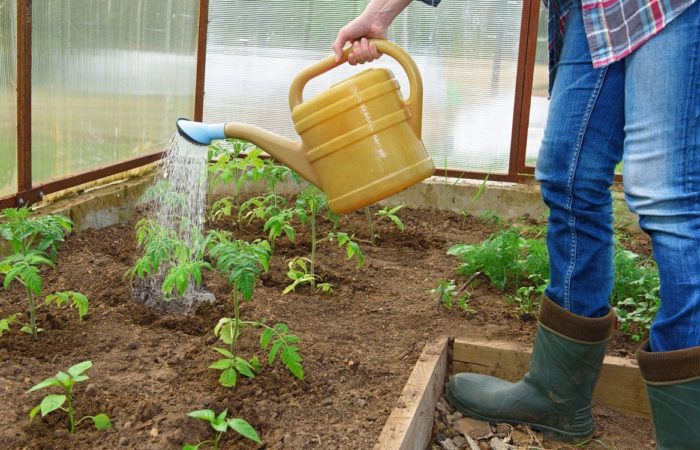
What varieties of tomatoes to choose
Oddly enough, no special preferences are required when choosing a tomato variety. Feel free to experiment with your favorite varieties. The only limitation is that summer residents of the North-West should remember that the period of active fruiting is postponed by 10-14 days.
- Since part of the stem is used to form the root system, it makes no sense to plant determinant varieties.
- Medium-sized varieties optimally correspond to the agricultural technique for obtaining a crop of tomatoes without watering. For open ground beds, it is better to take varieties of early or medium early ripening: “King of the Early”, “Bogatyr”, “Cossack”, “Adeline”, “Gina” and many others.
- All varieties of greenhouse tomatoes, without exception, are suitable for the cultivation of greenhouse tomatoes: Darenka, Dietary Healthy Man, Hurricane F1, Gift of a Fairy, Search F1 and others.
Without watering, lettuce tomatoes are also successful for canning, ground and greenhouse – they bear fruit, delight with the harvest and have a rich taste.
Tomatoes without watering – planted according to the rules
The technique of obtaining a crop without artificial irrigation will save a lot of time, effort and money. In order to fully experience the benefits of the method, certain rules of agricultural technology must be observed.
How to prepare seedlings
For cultivation without watering, tomato bushes should be prepared from the moment the shoots appear. Young plants are accustomed to a lack of moisture from the first days of life. Watering is carried out only in case of wilt of the sprouts, preferably through a pallet, in order to stimulate the growth of roots in the depth of the container with soil.
The advantages of this mode:
- seedlings are not stretched;
- the root system develops;
- a dry microclimate in a seedling box is the best prevention of the “black leg” and other dangerous diseases.
An important point – when diving seedlings, you can not pinch the root. The root system of a tomato bush is able to penetrate 1,5-2,0 m deep.
Upon reaching the age of 50-60 days, seedlings are planted in open ground or in a greenhouse. For better survival of plants during transplantation, it is necessary to follow a step-by-step sequence of operations.
Remove the bottom pair of leaves from each plant before planting. The bare section of the stem will be needed for the formation of adventitious roots.
Try to keep the earthen ball on the roots – this will speed up the process of acclimatization in a new place. If the roots of the seedlings are bare, prepare a clay mash with the consistency of liquid sour cream. Seedlings are dipped in a mash to the middle of the stem before laying in the hole. This ensures maximum contact with the ground.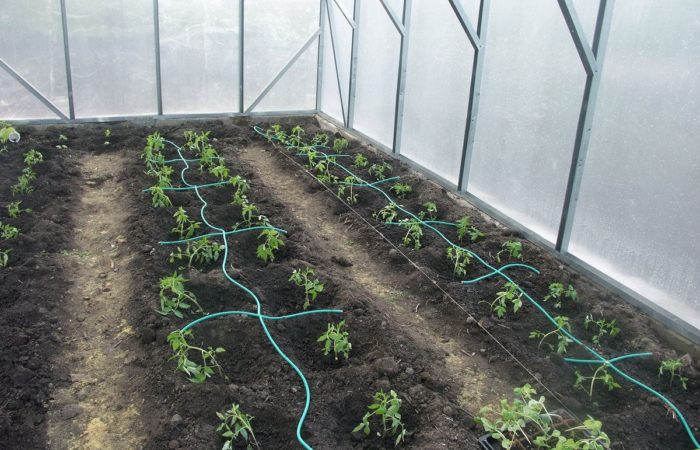
Cooking a hole
Without top dressing, you can’t count on a special crop of tomatoes – you need to apply for each hole:
- 4-5 kg of compost or humus without mineral fertilizers;
- 1-2 handfuls of wood ash;
- 1 g of pharmacy potassium permanganate;
- ½ bucket of water.
Water should be poured into the hole only after mixing all the fertilizers with the soil – the composition must be averaged over the concentration of the elements.
After soaking up the water, the seedlings are laid horizontally with the tip to the north. Until the middle of the length, the stem is sprinkled with soil, with a layer of no more than 5 cm. It is in the surface layers of the beds that beneficial microorganisms live, which enter into symbiosis with seedlings.
First and last watering
Gently pour another ½ bucket of water under the root, being careful not to wet the leaves. This completes the watering. Mulch the bed with straw, grass, sawdust – any bulk materials to reduce water evaporation and protect against weeds. Mulch layer must be at least 5 cm
The top of the seedling can be tied to a support or trellis. The holes are placed at a distance in a row of 40-50 cm with a row spacing of 80-100 cm. Tomato bushes should receive enough sunlight.
The main thing is not to show pity and not to water the bed in 2-3 days, when the water in the hole is used up and the tomatoes begin to wither. The lack of water will speed up root formation on the horizontal part of the stem – in 1-2 weeks everything will return to normal, the seedlings will “come to life”.
In the video, you can see how tomatoes grow that have not been watered, not fertilized, and no cultivation technology has been followed.
Open ground and greenhouse – features of agricultural technology
After planting seedlings in the garden, only one thing is required from the gardener – to maintain natural processes in the soil by applying mulching. A simple process helps to solve many problems:
- save soil moisture from evaporation;
- protect the surface of the bed from overheating and soil erosion under the influence of natural factors – rain, wind, sun;
- in the event of a decrease in ambient temperature, the root system will not feel cold, it will work in the same mode;
- a layer of mulch will prevent weed seeds from germinating;
- gradually decomposing, the mulch gives food to the soil microorganisms of the upper layer of the bed – nutritious humus is formed.
Almost any bulk material can be used as mulch. In vegetable beds, preference is given to organic waste from economic activities – mowed grass, weeds, chopped branches and wood chips, sunflower husks, nut shells, etc.
Agrotechnics for growing tomatoes without irrigation in protected and open ground conditions does not fundamentally differ. The greenhouse, with its microclimate and dependence on ventilation, is the main reason for some of the differences.
General recommendations Features of greenhouse culture Features of open ground
- mulching beds,
- bush formation,
- prevention of fungal diseases
Particular attention to the ventilation of the greenhouse:
- at a temperature of 30°C ovaries are not formed;
- water condensate in the absence of ventilation becomes a habitat for fungal infections.
Priority is mulching:
- soil protection from erosion, overheating, hypothermia;
- mulch prevents earth particles from falling on tomato leaves during rain – the best prevention of fungal infections and rot:
- weed protection.
When growing tomatoes without watering, liquid top dressing is excluded – the nutrients are already laid in the garden before planting. Plants planted according to the rules are provided with food for the entire growing season – until the end of the season.
In addition to 1-2-fold treatment against fungal diseases before fruiting, there is no point in spraying any “chemistry” on tomato bushes.
The most effective preventive measures are following the rules.
- Landings are not thickened – all plants are well lit.
- Bushes are shaped and tied to a trellis or supports.
- The soil is mulched, the mulch is constantly added as it decomposes.
- Compliance with the regime of temperatures and ventilation in greenhouse cultivation of tomatoes.
To prevent diseases and repel parasitic insects, it is useful to plant calendula, marigolds and other ornamental plants with an intense aroma next to tomatoes – to combine business with pleasure.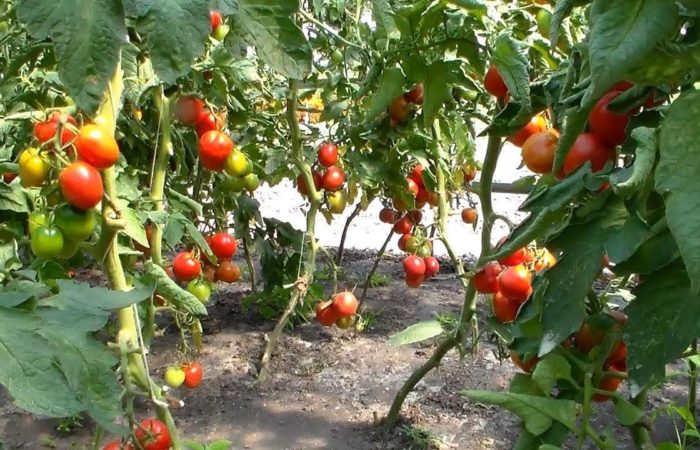
All methods of agricultural cultivation of tomatoes without watering are simple and understandable from a scientific point of view. In order to get the maximum yield of tomatoes with minimal labor, it is necessary to cross the psychological barrier and allow the plants to develop according to the laws of nature, not to interfere with them by weeding and watering.
